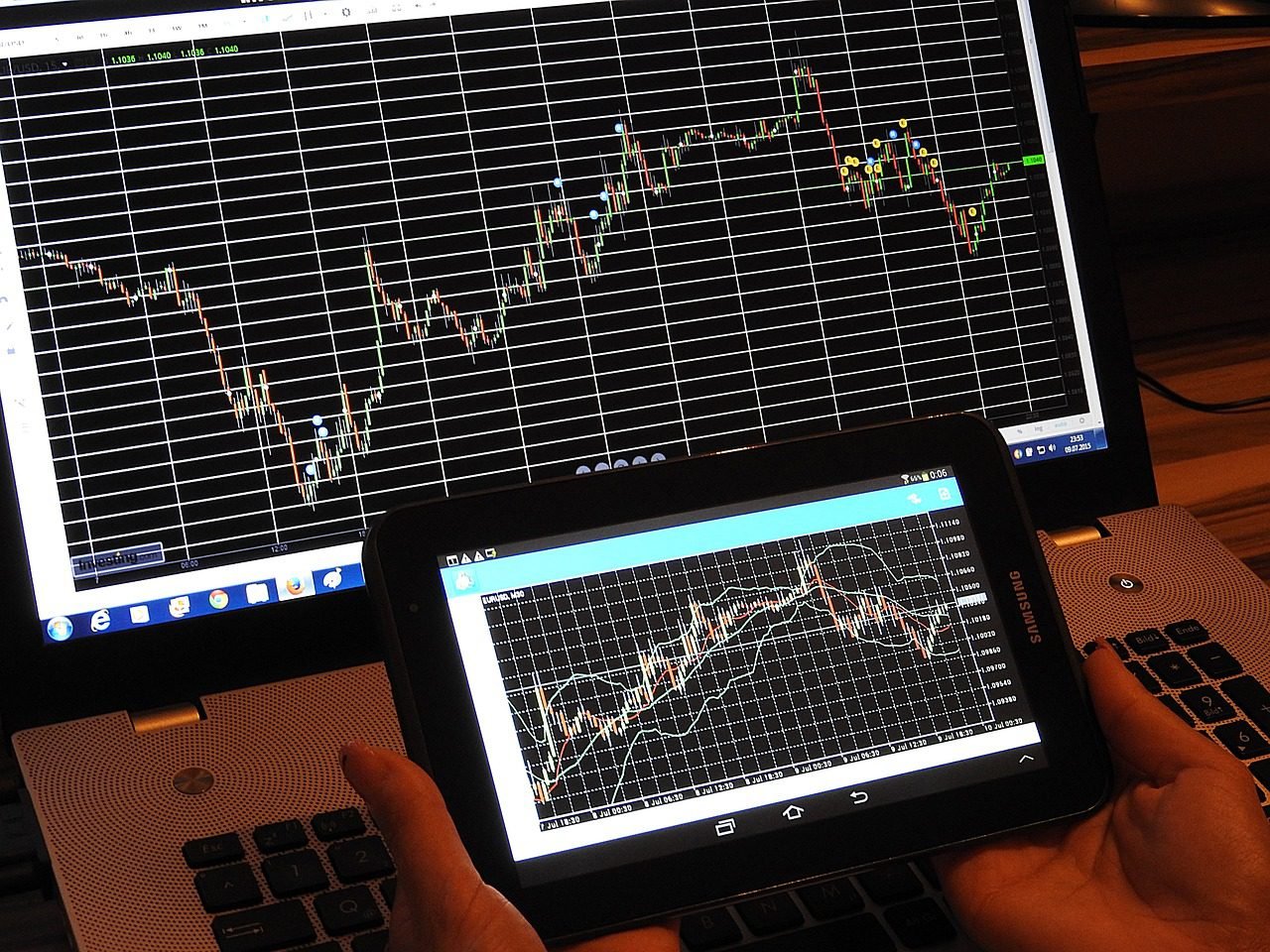As a trader, you have probably made your fair share of mistakes. It’s a natural part of the learning process and something that every trader goes through. However, some mistakes can be more costly and should be avoided at all costs.
This article will discuss the top 5 mistakes to avoid in trading.
Not Having a Trading Plan
A well-defined trading plan is crucial whether you are trading on a crypto OTC trading platform or the stock market. A trading plan should include your goals, risk management strategy, and entry/exit rules. Not having a trading plan can lead to impulsive and emotional decisions, resulting in significant losses.
Creating the perfect trading plan involves a structured approach that can significantly improve your trading decisions. Here are the key components to consider:
- Define Your Trading Objectives: Start by clearly identifying whether you aim for long-term growth or are after quicker, short-term gains. Your trading objectives should reflect your financial goals and risk tolerance.
- Detail Your Risk Management Strategy: Incorporate mechanisms such as stop-loss orders to limit potential losses. Decide the percentage of your capital you’re willing to risk on a single trade. Effective risk management is crucial for preserving your trading capital over time.
- Outline Entry and Exit Criteria: Your strategy for initiating and closing trades should be based on thorough analysis and clear indicators that match your trading style. Whether you prefer technical analysis, fundamental analysis, or a blend of both, ensure your criteria are specific, measurable, and research-based.
- Review and Adjustment Section: Given that the market constantly changes, your trading plan should also be dynamic. Include a section for regular review and adjustment to your plan. This will help you stay in tune with market trends and refine your strategy, keeping it aligned with your objectives.
A perfect trading plan becomes your roadmap to trading success, helping keep emotions at bay and guiding your decisions rationally and precisely.
Failing to Cut Losses Quickly
One of the most common pitfalls traders encounter is the failure to cut losses quickly. This mistake can significantly erode your trading capital and undermine your confidence. When you enter a trade, setting a predefined point at which you’ll accept the unsuccessful trade and exit to minimize your loss is crucial.
Holding on to losing positions in the hope of a market reversal is akin to letting your emotions dictate your trading decisions. This approach risks a larger portion of your capital and deviates from the disciplined execution of your trading plan.
Remember, successful trading is not about being right all the time; it’s about managing risk and preserving capital to trade another day. Each trade should be viewed within the broader context of your overall trading strategy, focusing on long-term profitability rather than the success or failure of individual trades.
Taking losses quickly and efficiently is a hallmark of seasoned traders. It demonstrates discipline, a clear adherence to a predefined risk management strategy, and the ability to detach from the emotional rollercoaster of trading.
Trading Difficult and Unclear Patterns
Another key mistake most traders make is attempting to trade every pattern they see, regardless of its clarity or difficulty. It’s essential to remember that not all patterns are equal, and some are easier to trade than others.
For instance, novice traders may be tempted to jump into complex chart patterns such as head and shoulders or double tops/bottoms without fully understanding the nuances of these formations. These patterns require a high level of experience and skill to trade successfully, and even experienced traders may sometimes struggle with them.
Instead, it’s best to focus on mastering simpler patterns such as support and resistance levels, trendlines, and candlestick formations. These are the building blocks of technical analysis and can provide reliable signals when used correctly.
Not Adapting to Market Conditions
The financial markets are constantly evolving, influenced by many factors such as economic data releases, geopolitical events, and changes in sentiment. As a result, traders must be adaptable and able to adjust their strategies accordingly.
Many traders make the mistake of sticking rigidly to a specific strategy or approach, even when market trends have shifted. For example, a trader may prefer technical analysis but fail to consider fundamental factors that can significantly impact price movements.
As a general rule, it’s essential to stay informed about current market conditions and adapt your trading strategy accordingly. This may involve incorporating different indicators or techniques or taking a break from trading when volatility is high.
Lack of Risk Management
Risk management is one of the most crucial aspects of successful trading, yet novice traders often overlook it. Many traders focus solely on finding profitable trades and neglect to consider the potential risks involved.
Without proper risk management, a single losing trade can wipe out a significant portion of your trading account. It’s crucial to understand risk-reward ratios and implement appropriate stop-loss orders to minimize losses if a trade goes against you.
Additionally, it’s essential not to overleverage your trades and only risk a small percentage of your account balance on each trade. This ensures that even if you experience a series of losses, you still have enough capital to continue trading and potentially make a comeback.

